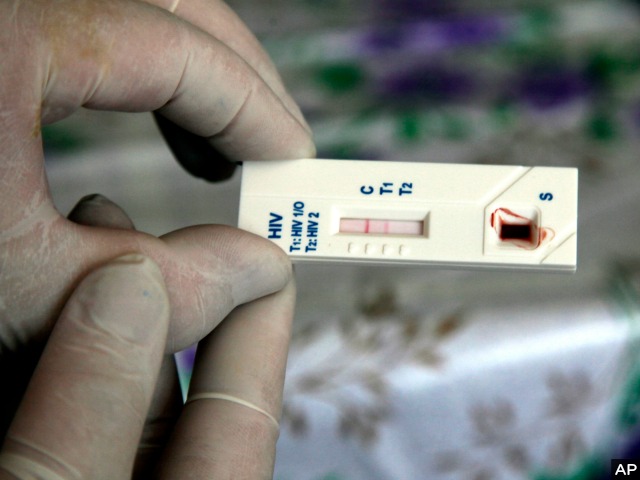A new report from the U.S. Centers for Disease Control and Prevention states that although the annual diagnosis rate of HIV has dropped by one-third in the general population, the percentage is increasing among young gay and bisexual males.
HIV, the virus that causes AIDS, has been dropping among heterosexuals, drug users, and women, but the rate for young gay and bisexual males has risen over 100%.
Co-author Amy Lansky, deputy director for surveillance, epidemiology, and laboratory sciences at the CDC’s Division of HIV/AIDS Prevention, said that because the AIDS epidemic was first reported in the 1980s, young people are inured to the disease’s preponderance. She said, “It’s been more than 30 years since the first cases were reported. It’s harder to maintain that sense of urgency.”
To make matters worse, the cases studied in the CDC report only dealt with those actually diagnosed with HIV, and health officials estimate there are many more cases where people have the infection unknowingly. Another problem is that the data collected does not include the date when the disease was contracted, which makes determining trends of the disease difficult to pinpoint.
Lansky admitted that the increased occurrences of HIV among young gay and bisexual males are “a considerable problem.” She said 1.1 million people in the U.S. are estimated to have contracted HIV and added that 16% of that number–roughly 176,000 people–don’t know they have the disease.
The CDC report, published in the July 23/30 issue of the Journal of the American Medical Association, found that in the period between 2002 to 2011, among people 13 and older, the diagnosis of HIV fell from 24 out of every 100,000 people to 16, a 33% drop. Women saw the number of diagnoses cut in half; men dropped by 25%, blacks plunged 37%, and Hispanics dropped 41%. Among those who had heterosexual sex, the number dropped more than 33% for men and women.
But among males 13-24, the number of HIV diagnoses soared. New diagnoses climbed from 3,000 to 7,000.
Lansky said that targeting the young gay and bisexual males was the next step, asserting, “The increases tell us where we need to keep putting our efforts. To build on the progress that we’ve made, we’re really starting to focus on those who are in greatest need.”
Dr. David Margolis, an AIDS specialist at the University of North Carolina at Chapel Hill, wants to give HIV drugs to that same population even if they have not contracted the disease. He said, “The use of antivirals to prevent HIV infection is fraught with many challenges, but if there is a more than doubling of new infections in one demographic, perhaps something needs to be done.”
Others claim giving the drug to those who are not infected would further encourage promiscuous sex.

COMMENTS
Please let us know if you're having issues with commenting.